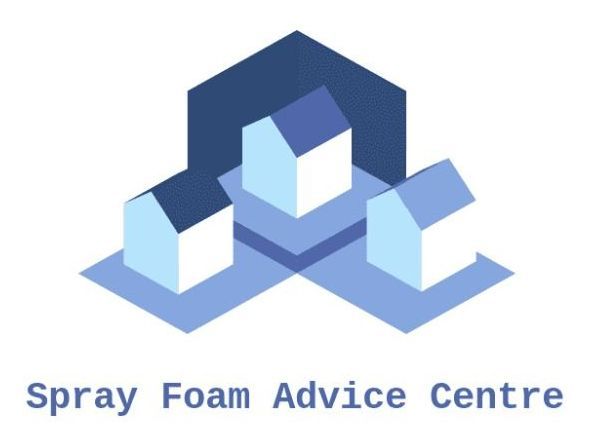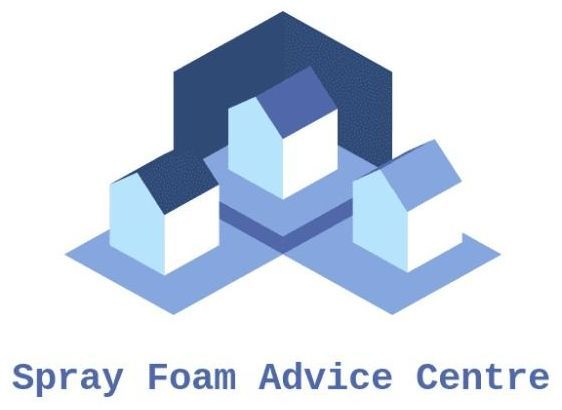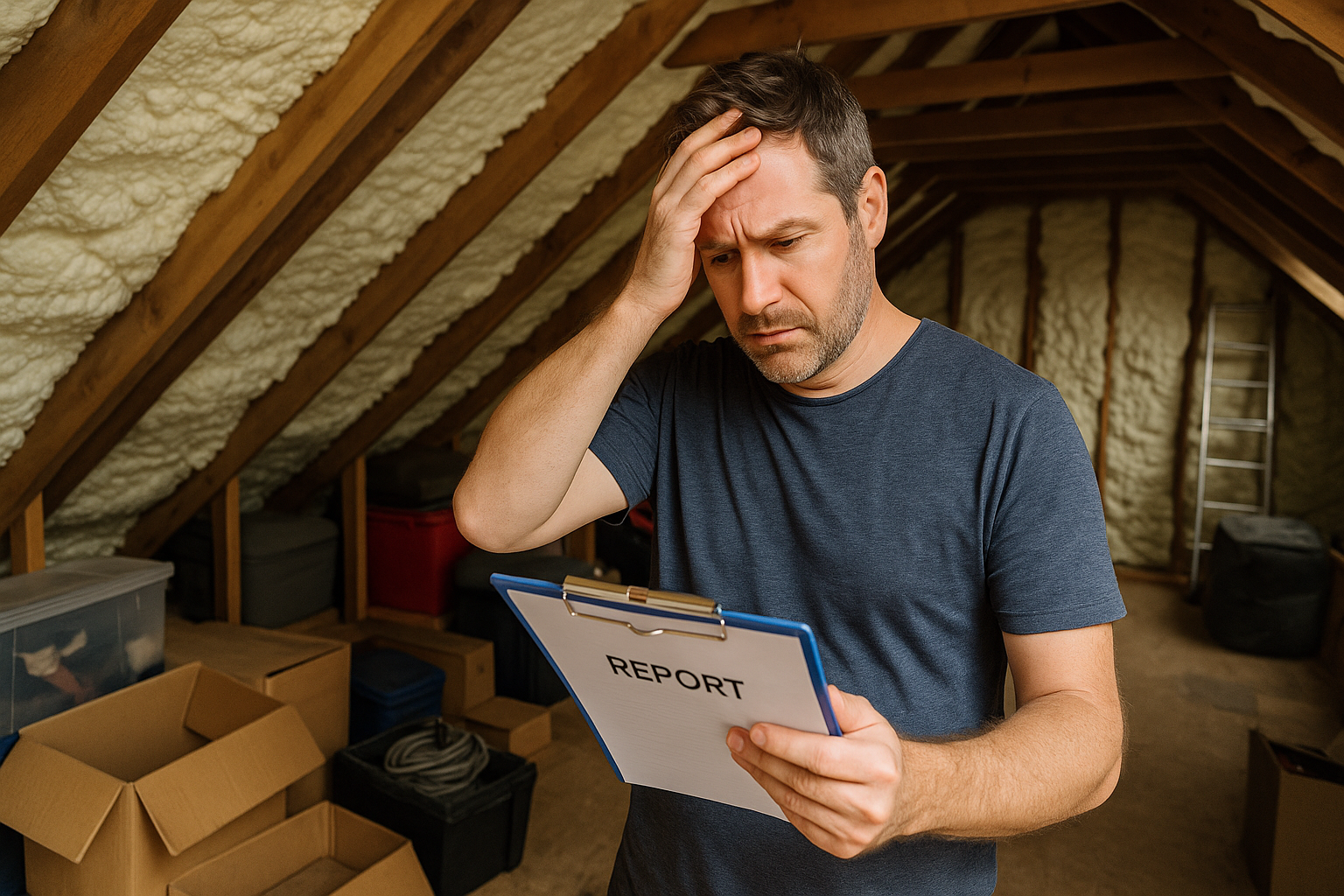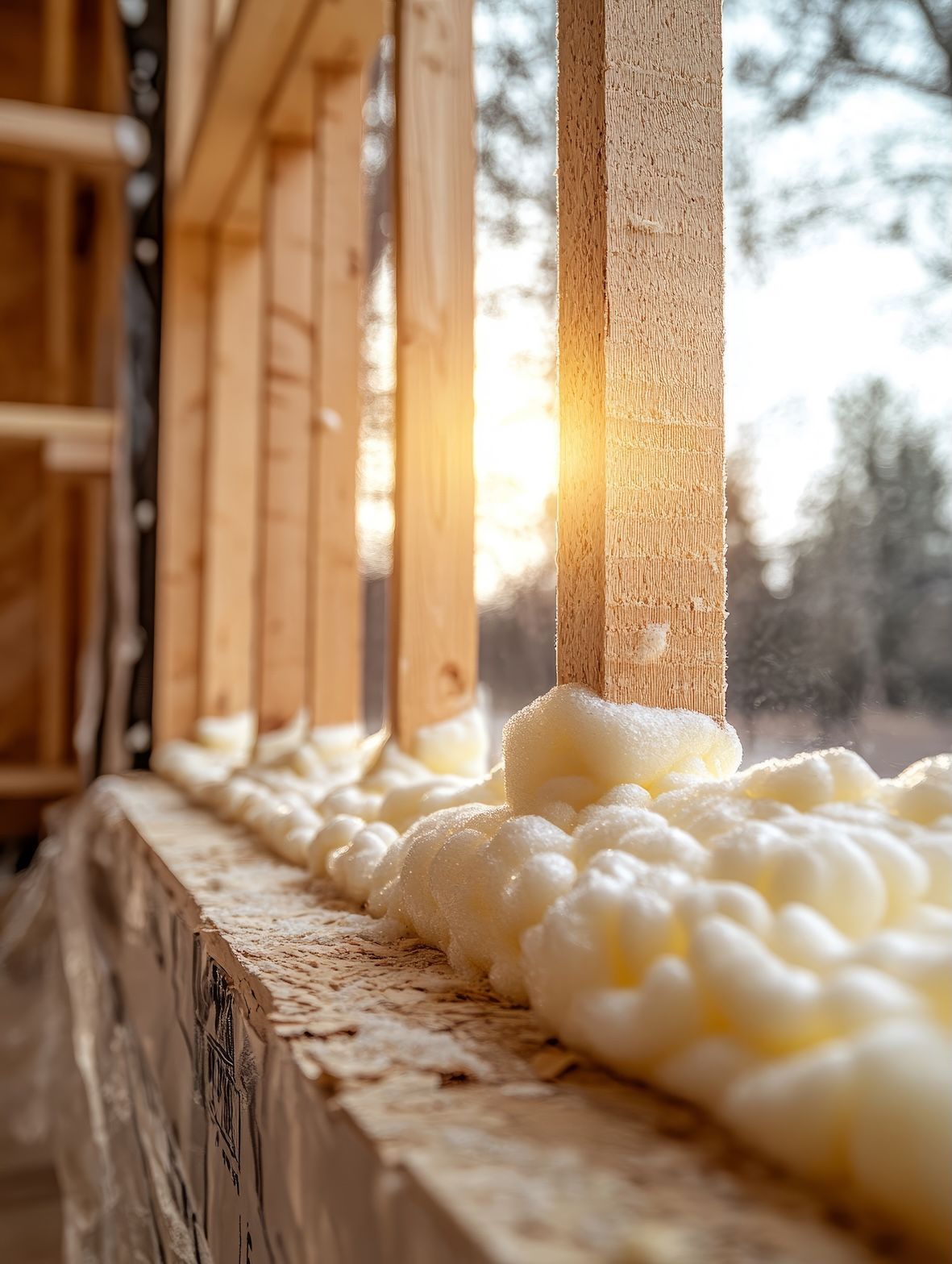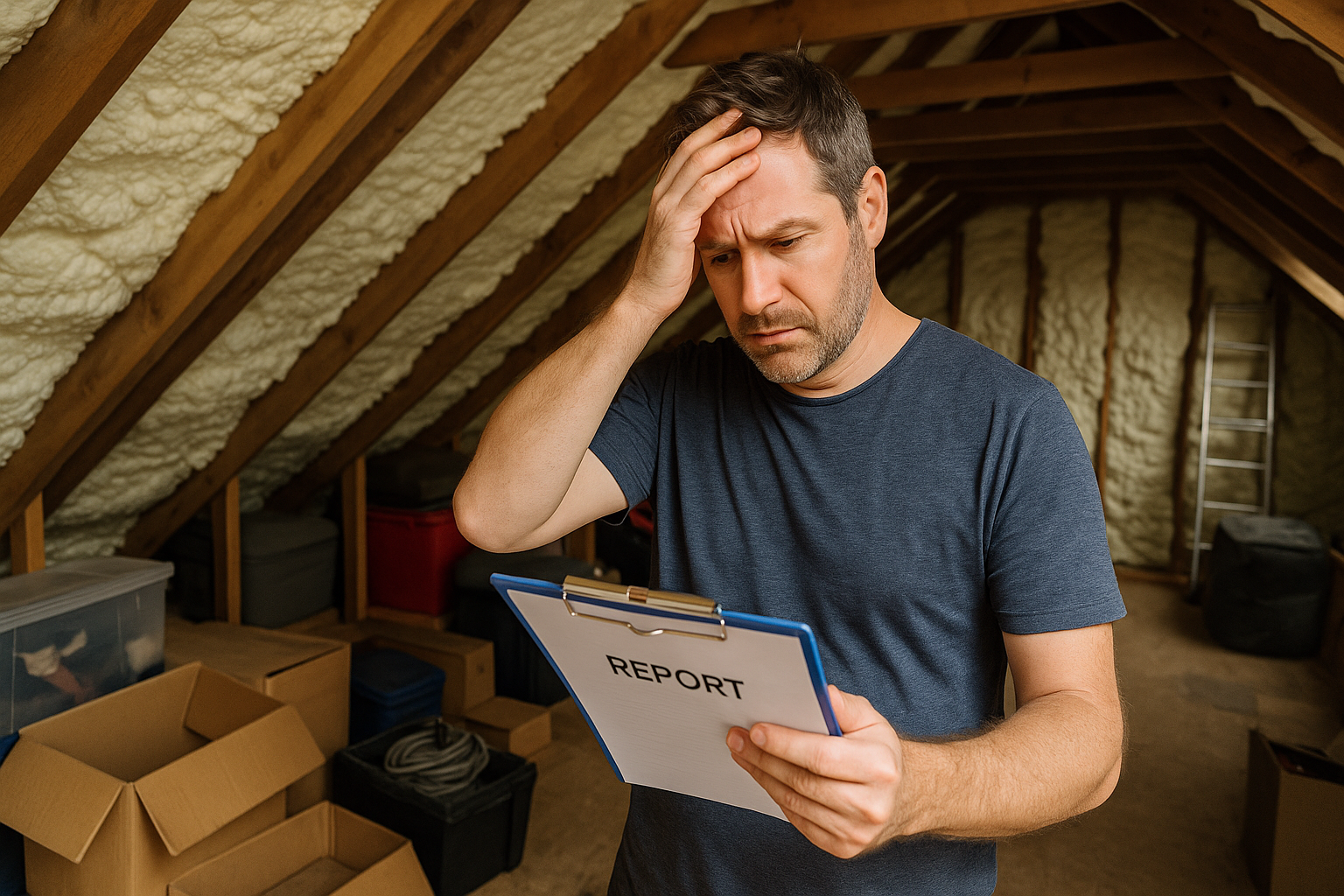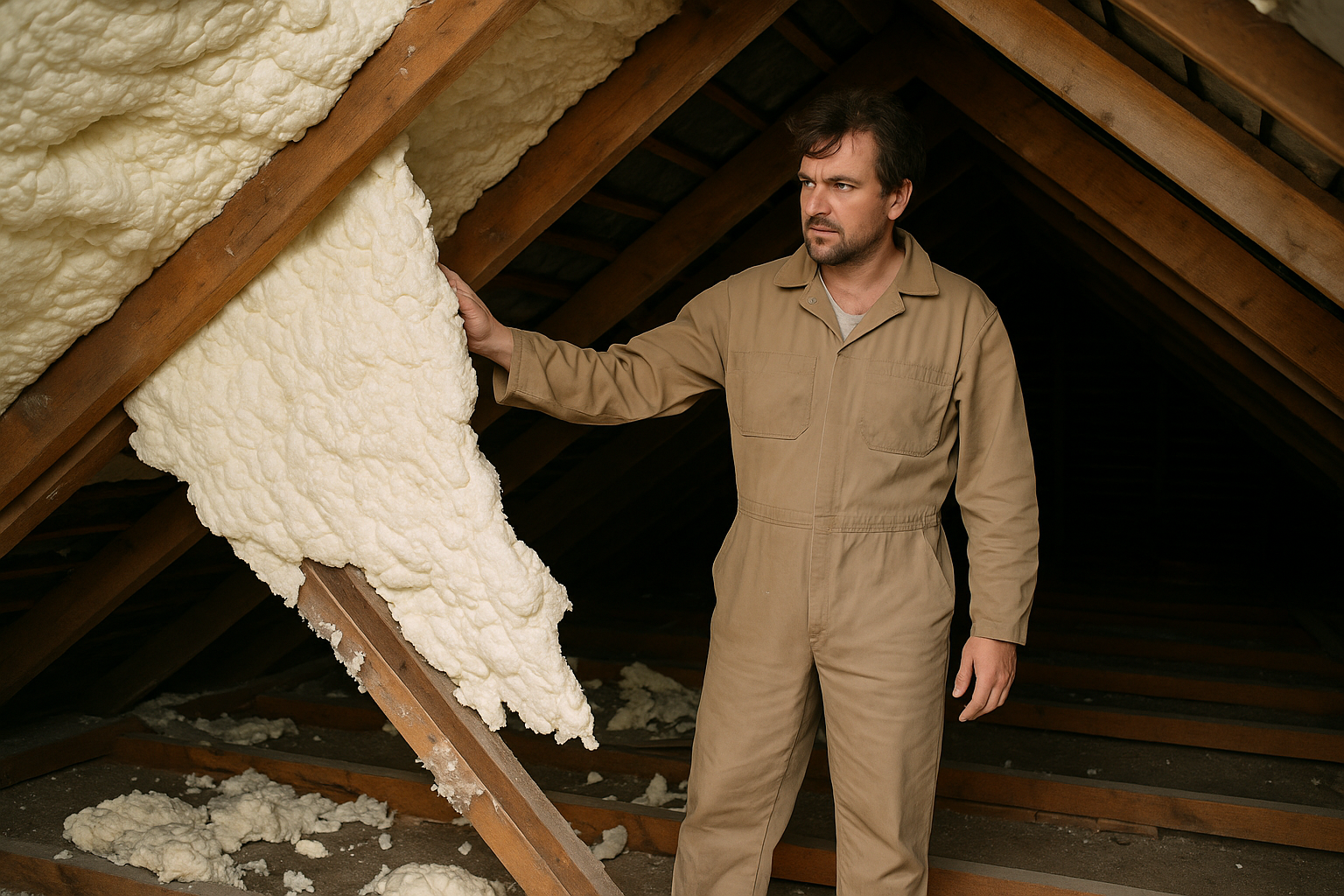Staying Warm After Spray Foam Removal: Essential Winter Advice While Your Home Recovers
Thousands of UK homeowners are now being told to remove spray foam insulation due to mortgage difficulties, roof ventilation problems and updated government guidelines. If you’ve recently removed spray foam from your loft, you’ve taken the right first step toward restoring your property’s long-term health and mortgageability.
But we also understand the worry:
“How do I keep my home warm and my bills manageable while the insulation is gone?”
The truth is this:
Your home needs a minimum of six months to settle, dry, and recover after spray foam removal.
During this period, you should not reinstall new insulation in the rafters or roof space.
This article explains:
- Why the cooling-off period is essential
- How to keep warm efficiently and safely
- How to reduce energy bills without damaging the recovering roof
- What simple habits, free tricks and low-cost upgrades make the biggest difference
- What to do when you're finally ready to choose a new, safe insulation system
Our aim is to help you keep comfortable without compromising the structural recovery of your property.
Why Your Home Needs a 6-Month Cooling-Off Period
After spray foam is removed, the roof structure needs time to:
- Dry naturally
- Equalise moisture levels
- Release trapped humidity
- Stabilise the rafters and timbers
- Allow any hidden damp patches to reveal themselves
- Restore normal ventilation conditions
Re-insulating too quickly — especially with modern foils or rigid boards — risks:
❌ Trapping moisture again
❌ Causing cracking, twisting or timber stress
❌ Masking roof problems instead of allowing them to show
❌ Repeating the exact issues that caused lenders to reject the foam in the first place
This temporary “bare loft” period is essential. It protects your roof and ultimately protects the value of your home.
How to Stay Warm & Reduce Bills During the Cooling-Off Period
Here are the most effective ways households can stay comfortable without roof insulation while their home recovers.
1. Follow the 4pm Curtain Rule
As days get shorter, heat lost through windows increases dramatically — especially without loft insulation to compensate.
A simple daily rule helps:
- Open curtains in the morning to let in sun and natural warmth
- Close all curtains at around 4pm, or roughly 15–20 minutes before sunset
- Adjust earlier as the month progresses
This traps warmth inside and stops cold air falling into the room from the glass. Think of curtains as temporary insulation for your windows.
If possible, use:
- Thermal curtains
- Fleece-lined curtains
- Curtains that overlap the frame to block draughts
Even adding a cheap, fire-safe fleece layer to existing curtains can make a difference.
2. Heat the House Strategically — Not Everywhere at Once
While your loft is temporarily uninsulated, central heating may feel less efficient. Instead of raising the thermostat, focus on:
Heat the human, not the whole home
Great for times when you're sitting still:
- Heated throws
- Warm layers
- Hot water bottles
- Thick socks or thermal slippers
- Warm drinks
- Portable personal heaters (used safely and only when needed)
Running a whole-house heating system to warm two people watching TV is simply unnecessary.
Heat only the rooms you are using..
Use TRVs (thermostatic radiator valves) strategically.
Keep unused rooms cool but not freezing — a small background temperature prevents damp.
3. Bleed Radiators and Check Heating Efficiency
With insulation removed, every percent of boiler efficiency matters.
Bleed radiators to remove trapped air.
Cold tops or patchy heating = wasted energy.
A properly bled system:
- Warms faster
- Uses less fuel
- Feels more comfortable
A radiator key costs around £2.
4. Loft Floor Insulation (But NOT the Rafters)
During the cooling-off period, you can safely use loft floor insulation only — such as mineral wool rolls laid on the joists.
This:
- Does not interfere with roof ventilation
- Avoids trapping moisture
- Provides basic warmth without affecting roof drying
- Is fully removable when it’s time to choose your long-term solution
We often recommend this temporary step to our customers.
5. Install a Hot Water Cylinder Jacket
A hot water cylinder without insulation loses heat rapidly.
A simple jacket:
- Costs around £20–£30
- Saves up to £150–£200 a year
- Reduces boiler workload
- Keeps water warmer for longer
- Is easy to install
This is one of the cheapest and most effective ways to cut bills during your recovery period.
6. Check for Draughts — They Matter Even More Now
When roof insulation is temporarily missing, draughts seem worse.
Check:
- Gaps around doors
- Window seals
- Letterboxes
- Floorboards
- Loft hatches
Use low-cost fixes like:
- Draught excluders
- Foam strips
- Brush seals
- Keyhole covers
- Loft hatch insulation pads
A few pounds spent here can save far more in heating costs.
7. Improve Ventilation to Prevent Damp
This is critical after spray foam removal.
Moisture inside your home will naturally rise into the loft.
Without insulation blocking airflow, that moisture must escape — not condense.
Use controlled ventilation, such as:
Stoßlüften (Shock Ventilation) Method
A German technique:
- Open windows fully for 5–10 minutes twice a day
- Allow moist air to escape rapidly
- Replace it with cold but dry air
This prevents mould, stops condensation, and helps your roof timbers dry naturally.
Do NOT leave windows slightly open all day — that cools the house unnecessarily.
8. Avoid Drying Clothes Indoors Wherever Possible
Drying laundry inside releases up to nine pints of moisture into your home.
Without insulation in the loft, this moisture can rise and delay the drying process of your roof timbers.
If you must dry indoors:
- Use a dehumidifier
- Keep the room closed off
- Ventilate afterwards using the shock method
When the 6 Months Are Up — What Happens Next?
After your home has completed its cooling-off period, you can safely consider long-term insulation options.
This is where we step in again.
At the Spray Foam Advice Centre, we provide:
- Independent advice, not tied to any one product
- Safer alternatives to spray foam
- Full assessments of roof ventilation needs
- Options that satisfy lenders and surveyors
- Guidance tailored to your exact roof type
- Loft, roof, and property-specific insulation strategies
We don’t “sell insulation” — we help you make the safest, most mortgage-friendly decision for the future of your home.
Final Message to Homeowners
Removing spray foam can feel stressful, and temporarily losing loft insulation can be worrying — especially in winter. But with the right daily habits, small upgrades and good ventilation, you can stay warm, reduce energy costs and keep your property healthy while it recovers.
This cooling-off period is temporary.
The long-term security of your home is permanent.
When you’re ready to explore safe replacement options, we’re here to help.
Adam Gough
Insulation & Home Improvements Expert
For more information or to speak with a qualified insulation advisor, visit www.SFACUK.org.
